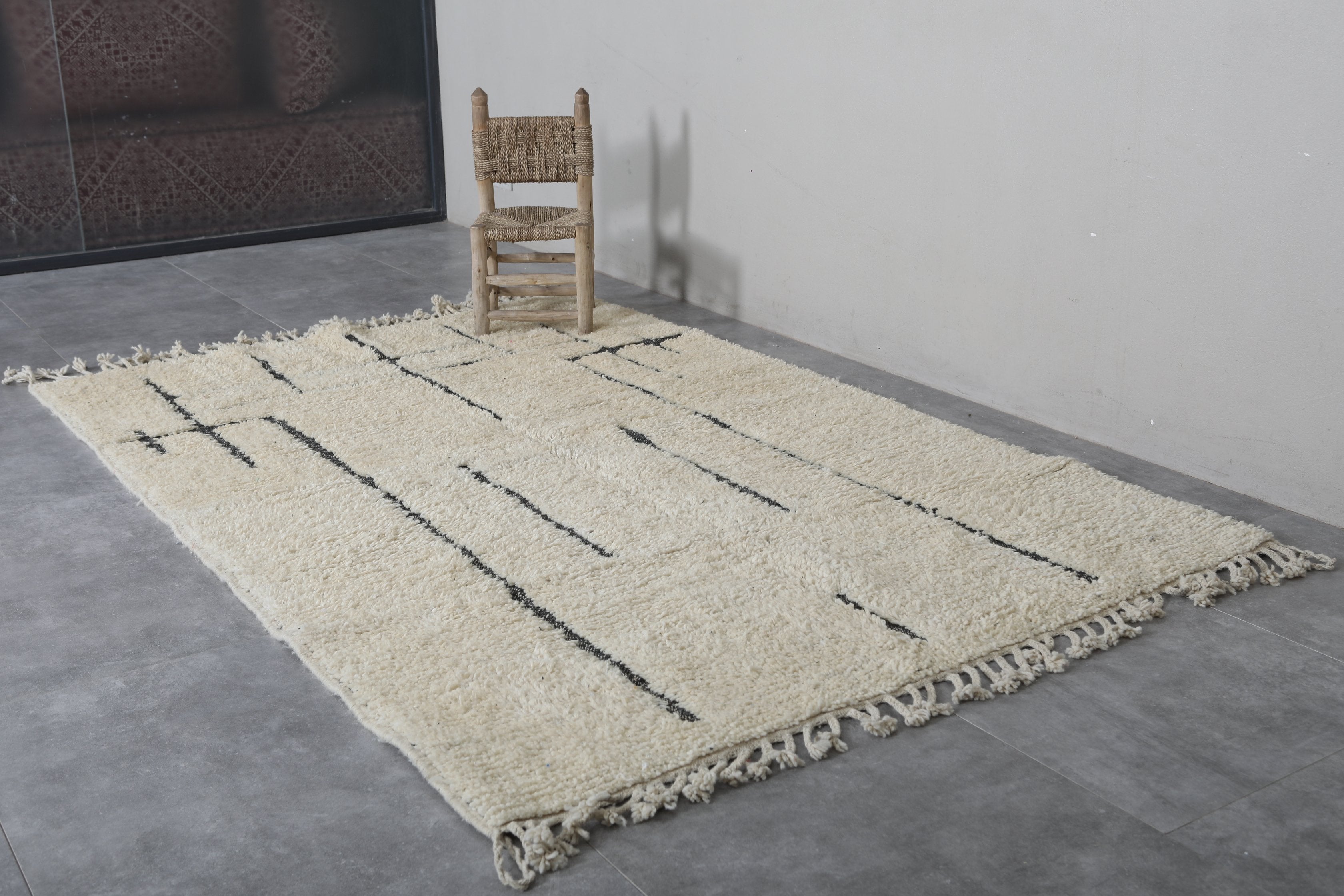
Moroccan Rugs: A Symbol of Cultural Heritage
The History of Moroccan Rugs
Berber rugs have a rich history that dates back centuries. The Berber tribes, indigenous people of North Africa, have been hand-weaving these rugs using traditional techniques passed down from generation to generation. Each rug tells a story, with designs inspired by the natural landscape, tribal symbols, and even individual experiences of the weaver.
The Art of Rug Weaving

The process of making a Moroccan rug is a labor of love that requires skill, patience, and creativity. The Berber women, who are the primary weavers, use natural fibers such as wool and cotton to create these masterpieces. Every knot and stitch is carefully placed to form intricate geometric patterns and symbols that hold deep cultural significance.
-
Materials Used in Moroccan Rugs:
- Wool: Wool is the most commonly used material in Moroccan rugs, known for its durability and softness.
- Cotton: Cotton is often used as a base for the wool pile in some Moroccan rug designs.
-
Types of Moroccan Rugs:
- Beni Ourain: Known for their minimalist designs and neutral colors, Beni Ourain rugs are a popular choice for modern interiors.
- Boucherouite: Made from recycled fabrics, these vibrant and eclectic rugs are a true representation of Berber creativity.
Cultural Significance
Moroccan rugs are more than just decorative pieces; they carry deep cultural significance for the Berber tribes. Each design, color, and symbol in the rug has a specific meaning, representing aspects of daily life, spirituality, and tribal identity. These rugs are often used in rituals, ceremonies, and as a form of self-expression.
Why are Moroccan rugs so popular?
Moroccan rugs have gained popularity in the global market for their unique aesthetic appeal, quality craftsmanship, and cultural authenticity. Interior designers, collectors, and enthusiasts are drawn to the timeless beauty and authenticity of these rugs, making them a sought-after item in the world of home decor.
-
CONCLUSION
Moroccan rugs are not just pieces of textile art; they are a testament to the rich cultural heritage and traditions of the Berber tribes. From the intricate weaving process to the symbolic meanings behind each design, these rugs encapsulate the essence of Moroccan craftsmanship and creativity. Whether used as a decorative element in a modern home or as a storytelling piece in a traditional setting, Moroccan rugs continue to captivate audiences worldwide with their timeless beauty and cultural significance.



